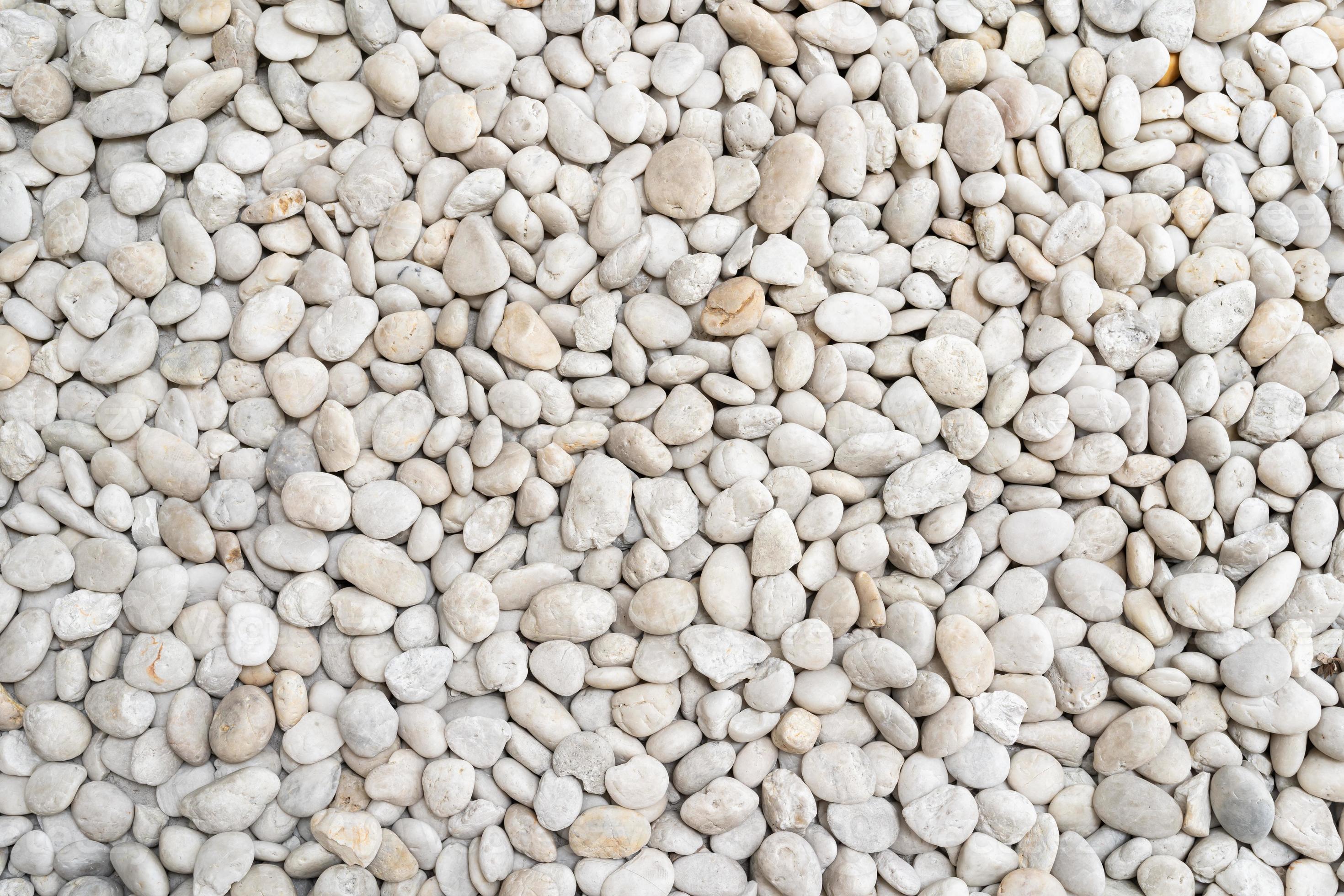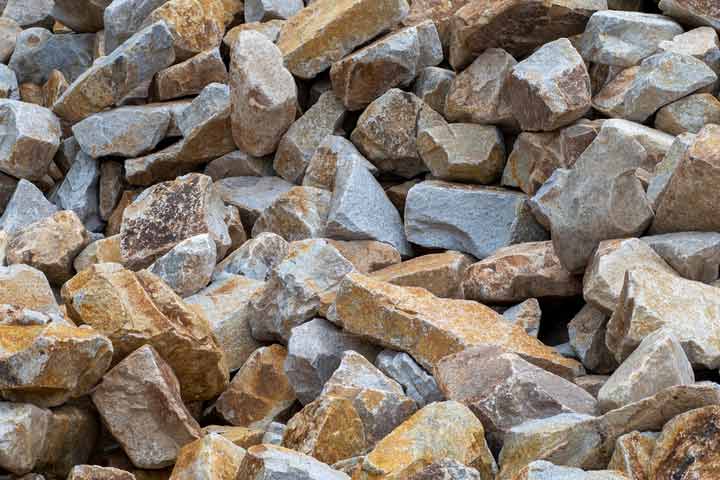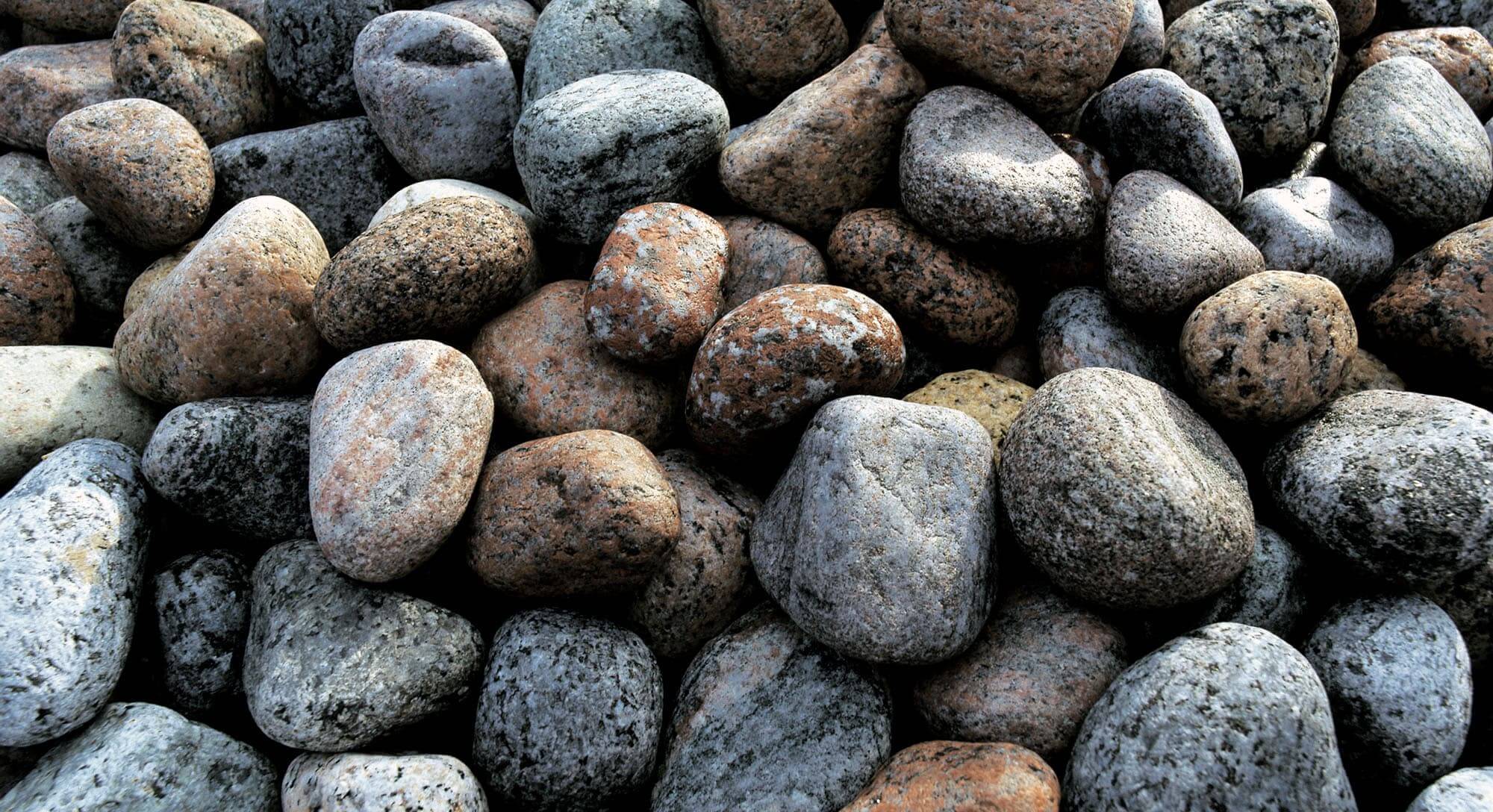Stone Center's Focus - Socio-Economic Inequality
Think about the ground we walk on, the walls that stand, or the surfaces where we prepare our meals. These are often made of stone, something so fundamental to our surroundings, yet its presence, its type, and its quality can actually tell us a great deal about the way our communities are shaped. It’s a pretty interesting thought, isn't it? When we look at things like cobblestone paths, or perhaps the grand display of a stone countertop showroom, we might start to see subtle hints about who has access to what, and where resources tend to gather.
There's a quiet story in every piece of rock, from the simple, detached bits of rock that have been broken off, to the massive slabs of marble or granite that grace impressive buildings. You know, these things aren't just about geology or construction. They reflect choices, resources, and sometimes, a very clear divide in how different groups live. It’s a bit like seeing the visible signs of deeper patterns, isn't it? A place that supplies a wide range of landscape and hardscape materials, like different kinds of colored stone or round stone, could be seen as a mirror for the variety, or lack thereof, in people's lived experiences.
So, what if we looked at these everyday elements, these bits of mineral matter, through a different kind of lens? What if we considered how the presence, or absence, of certain types of stone in our neighborhoods or public spaces points to bigger questions about fairness and opportunity? This idea is at the core of what a "stone center" might explore when it turns its attention to socio-economic inequality. It’s a way of looking at the tangible world to grasp something far more abstract, and in some respects, far more impactful on people's lives.
- Was George Reeves Related To Christopher Reeves
- Pathivara Temple Address
- Sitevmtiktokcom Sitetco Sitexcom Siteredditcom Prtg %EB%94%94%EC%A0%80%ED%8A%B8
- Charlize Theron One Night Stand
- Charlize Theron Age
Table of Contents
- What Does Stone Tell Us About Fairness?
- How Do Foundations Reflect Our Communities?
- Where Do We See the Cracks?
- Can We Build a More Balanced Future?
What Does Stone Tell Us About Fairness?
It seems like a simple question, doesn't it? What can a piece of rock, a natural wall stone, or even a sleek kitchen countertop, say about how fair society is? Well, actually, when you look closely, you might be surprised. Consider how different materials are used in different places. Some neighborhoods might have beautiful, old cobblestone streets, suggesting a history of investment and care, while others might have very little in the way of structured, durable surfaces. This difference, you know, it's not just about aesthetics; it often reflects access to resources and public funds.
Think about the materials used in homes. Someone might have the newest and largest stone countertop showroom in their area, featuring working displays of kitchens and bathrooms. This kind of display, with its vast selection of porcelain and natural stone slab products, speaks to a certain level of comfort and choice. On the other hand, many people might not even consider such options, focusing instead on basic needs. So, it's almost like the stone itself becomes a marker of economic standing, a visible sign of who can afford what kind of permanence and beauty in their surroundings. It's a rather stark contrast, wouldn't you say?
Building Blocks of Disparity - Stone Center on Socio Economic Inequality
When we consider the phrase "building blocks," we often think of the very start of something, the fundamental pieces. In the context of socio-economic inequality, these building blocks can be things like access to good schools, safe housing, or steady jobs. Just as a dry stone wall is built piece by piece, with each stone playing its part, societal structures are also built from many individual elements. The availability of quality materials, like various types of flagstone or slate, for public spaces or homes, can show us where investment is happening and where it is not. This, in a way, is what a stone center might examine when looking at how inequality is constructed.
- Grace Sward Porn
- Pathivara Temple History And Significance
- Dylan Dreyers Personal Life Updates
- Dylan Dreyers Personal Struggles
- Honey Toons Teach Me First Free
You see, the meaning of stone itself, as a concretion of earthy or mineral matter, suggests something solid and lasting. But not all lasting things are equally distributed. Some communities might have beautiful, natural stone walls accenting their landscaping, perhaps even interlocking concrete paver driveways that distinguish their homes. Meanwhile, other areas might lack such foundational elements, struggling with basic infrastructure. This disparity in the very ground beneath our feet, or the walls that define spaces, really does highlight a difference in access to resources and opportunities, which is a key area of study for a stone center on socio economic inequality.
How Do Foundations Reflect Our Communities?
Every building, every road, every significant structure starts with a base. And quite often, that base is made of stone. How these foundations are built, and with what kind of material, can tell us a lot about the care and resources put into a community. For instance, if a neighborhood has robust, well-maintained stone foundations, it suggests a certain level of stability and investment. Conversely, areas with crumbling or neglected bases might indicate a lack of resources or attention. It’s pretty clear, isn't it, that strong foundations allow for growth and stability, while weak ones can lead to problems down the road.
Consider the wide range of landscape and hardscape products available, like different kinds of colored stone or round stone. These materials are used to create the very fabric of our outdoor spaces, from parks to private yards. The choices made about these materials, whether it’s opting for durable granite or a simpler, less expensive option, often mirror the economic health of the area. A community that can afford to use high-quality, long-lasting stone for its public areas is, in some respects, showing its capacity for collective investment. It’s almost like the physical environment itself becomes a storybook of local conditions.
The Weight of Opportunity - Stone Center on Socio Economic Inequality
The term "weight" here isn't just about how heavy a piece of rock is; it's about the significance, the impact, of what resources mean for people's chances in life. When we talk about opportunity, we're talking about the pathways available to individuals and families. Just as a massive piece of hard, compacted mineral can form a solid structure, so too can consistent access to resources build a stable life. But what happens when that "stone," that opportunity, is unevenly distributed? This is a question a stone center on socio economic inequality would certainly consider.
For example, having access to a local landscape supply that offers a vast selection of porcelain and natural stone slab products, including marble and limestone, implies a certain level of economic activity and choice in an area. This kind of access can mean better-built homes, more pleasant public spaces, and generally a higher quality of life. The very presence of such resources, or their absence, can put a significant "weight" on people's opportunities, either lifting them up or holding them back. It's a tangible way to think about something that often feels quite abstract.
Where Do We See the Cracks?
Just like a piece of rock, which can have fissures or breaks, societal structures can also show signs of stress and failure. These "cracks" are often visible in the disparities we observe in everyday life. Perhaps it's in the condition of public sidewalks, where some areas have smooth, well-laid flagstone, while others contend with broken pavement or dirt paths. These aren't just minor inconveniences; they can represent deeper issues of neglect and unequal investment. It’s pretty telling, really, when you see such clear differences.
The concept of "stone" as a naturally occurring solid mass, categorized by its minerals and chemical composition, reminds us that even something seemingly uniform can have different qualities. Similarly, within a society, different groups, though part of the same whole, experience vastly different conditions. Where some might have access to the newest and largest stone countertop showroom, offering every color or style for their design, others might struggle to find basic, functional materials for their homes. These differences, you know, they're the visible cracks in the facade of equality, showing where resources aren't flowing evenly.
Reshaping the Landscape - Stone Center on Socio Economic Inequality
If we can see the cracks, then the next step is to think about how we might mend them, or even better, reshape the entire landscape. This isn't about patching things up; it's about making fundamental changes so that the foundations are stronger for everyone. When we talk about "reshaping the landscape," we're considering how policies and community efforts can alter the physical and social environment to promote fairness. This is a primary focus for a stone center on socio economic inequality, looking at how to build a more equitable world.
Think about how stone can be used to build things, like a sturdy dry stone wall, or how it can be shaped and polished for beautiful countertops. This ability to transform and build suggests that we aren't stuck with the current state of affairs. We can choose to invest in different areas, to provide better materials and opportunities where they are most needed. By consciously deciding where to place our "stones" – our resources, our efforts, our policies – we can create a more balanced and supportive environment for all members of a community. It’s a very active process, isn't it, this idea of shaping things for the better?
Can We Build a More Balanced Future?
The idea of building a more balanced future feels like a big task, but it starts with understanding the materials we have and how we use them. Can we, as a society, decide to use our "stone" – our collective resources and efforts – to create more equitable structures? This question gets to the heart of social change. It's about moving from simply observing the disparities to actively constructing a different reality. Just as Acres Edge offers a wide range of landscape and hardscape options, we too have a range of choices in how we build our communities. It's a pretty powerful idea, when you stop to think about it.
Consider how stone source offers a vast selection of products for various design applications, allowing for creativity and choice. If we apply this to societal building, it means ensuring that everyone has access to a variety of options and opportunities, not just a select few. It's about making sure that the "sinks and faucets" – the everyday necessities and comforts – are available to all, regardless of their starting point. So, the question isn't just about what we've built, but what we *can* build, and for whom. It’s almost like a blueprint for a fairer society, isn't it?
Pathways to Equity - Stone Center on Socio Economic Inequality
Creating pathways to equity means designing routes that make it easier for everyone to reach a place of fairness and opportunity. Just as interlocking concrete paver driveways distinguish a home or business, clear pathways to resources can distinguish a thriving, inclusive community. These pathways are not always obvious, and sometimes, you know, they need to be deliberately constructed. This is precisely what a stone center on socio economic inequality would aim to identify and promote: the practical steps that lead to a more just society.
The various types of stone – from cobblestone to blue stone, from natural wall stone to cultured stone – each have their own properties and uses. Similarly, different approaches are needed to address the varied aspects of socio-economic inequality. It’s about selecting the right "materials" – the right policies, programs, and community initiatives – to build durable and accessible pathways for everyone. Whether it’s providing inspiration or installation, the goal is to make sure that the building blocks of a good life are within reach for all, making sure everyone has a fair shot at a solid foundation.
This article has explored how the very tangible presence of stone in our environments can serve as a powerful metaphor for understanding socio-economic inequality. We looked at how the types of stone used, from basic landscape supplies to luxurious countertops, can reflect disparities in resources and opportunities within communities. We considered how foundations, much like societal structures, show signs of investment or neglect. The discussion also touched on the visible "cracks" in our societal fabric, highlighting where unequal access to resources is most apparent. Finally, we explored the idea of reshaping our collective "landscape" by building more balanced futures and creating clear pathways to equity, using the diverse properties of stone as a guide for constructing a more just society.
- Alliedunn Leaks
- Nicolo Robert Tucci
- Lara Rose Nudes Erome
- Berta Alan Hattel
- Chatgpt Plus Availability Iran Openai

White pebble stone texture on the ground. The pebbles closely stone

Reasons for Growing Popularity of Natural Stone in the Construction Arena

Manufacturer of decorative gravels and crushed stones - A World of Stone